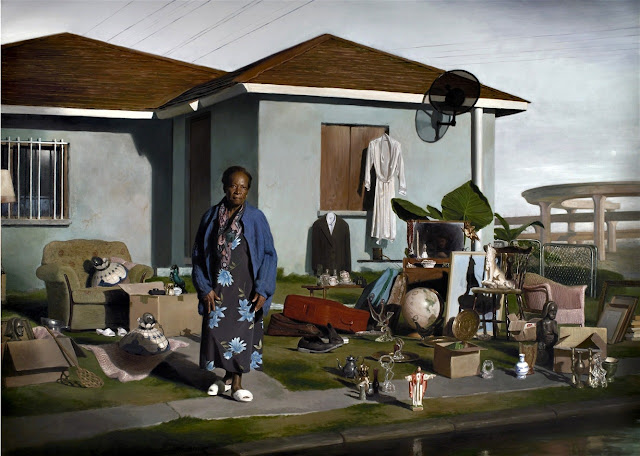The culture of golf is swathed in a code of honor, with players compelled to call penalties on themselves. Golf during a pandemic, however, has introduced quirks to test the game’s noble protocols.
New safety regulations, adopted by golf courses to adhere to coronavirus guidelines, have altered certain game fundamentals and left some golfers quibbling over artificially low scores — which can in turn upend the hierarchy, and gambling outcomes, of a regular golfing foursome. Even the hole in one, golf’s holy grail, is prompting disputes over what constitutes a holed tee shot.
 “There’s definitely been a little change in attitudes,” Howie Friday, the head golf professional at the Stanley Golf Course in New Britain, Conn., said with a chuckle last week. In April, Friday had grown accustomed to scores of golfers thanking him for the opportunity to play.
“There’s definitely been a little change in attitudes,” Howie Friday, the head golf professional at the Stanley Golf Course in New Britain, Conn., said with a chuckle last week. In April, Friday had grown accustomed to scores of golfers thanking him for the opportunity to play.
“A month ago, it was nurses, doctors and golf pros and we couldn’t do anything wrong,” he said. “Not so much anymore — back to normal.”
The principal source of consternation, a concern shared mostly by serious not casual golfers, is new health guidelines that have affected the golf hole itself. In an effort to reduce high-touch surfaces from golfers reaching into holes to retrieve their balls or removing the flagstick, course operators have tried various solutions, including raising the white liner cup, which is normally inserted in the hole, to about two inches above the green surface. An approaching ball bounces off the cup liner instead of falling into the hole.
The United States Golf Association, a national governing body, issued a temporary rule amendment in March that qualified such a situation as a holed shot — with caveats (more on that later).
Other golf courses have instead inserted into the hole a small piece of foam, similar to noodle-shaped flotation devices used in swimming pools. It allows the ball to descend into the hole, but only slightly, so a player can easily retrieve it without touching anything else.
Golfers, however, have universally found that aiming at the raised hole liner is easier than putting in normal conditions, in part because sometimes the ball barely skims its edge. The same shot, without the modification, would likely lip out or scoot past the hole. Golfers have also appeared to putt more confidently, knowing that an overly aggressive putt would just bang into the cup liner and still be counted as a holed shot.
The pool-noodle option has its complexities, too, since some well-struck putts seem to descend into the hole only to rebound and keep going.
“Every day, we have that question over and over,” Friday said. “Was this putt in or was it out?”
New safety regulations, adopted by golf courses to adhere to coronavirus guidelines, have altered certain game fundamentals and left some golfers quibbling over artificially low scores — which can in turn upend the hierarchy, and gambling outcomes, of a regular golfing foursome. Even the hole in one, golf’s holy grail, is prompting disputes over what constitutes a holed tee shot.
 “There’s definitely been a little change in attitudes,” Howie Friday, the head golf professional at the Stanley Golf Course in New Britain, Conn., said with a chuckle last week. In April, Friday had grown accustomed to scores of golfers thanking him for the opportunity to play.
“There’s definitely been a little change in attitudes,” Howie Friday, the head golf professional at the Stanley Golf Course in New Britain, Conn., said with a chuckle last week. In April, Friday had grown accustomed to scores of golfers thanking him for the opportunity to play.“A month ago, it was nurses, doctors and golf pros and we couldn’t do anything wrong,” he said. “Not so much anymore — back to normal.”
The principal source of consternation, a concern shared mostly by serious not casual golfers, is new health guidelines that have affected the golf hole itself. In an effort to reduce high-touch surfaces from golfers reaching into holes to retrieve their balls or removing the flagstick, course operators have tried various solutions, including raising the white liner cup, which is normally inserted in the hole, to about two inches above the green surface. An approaching ball bounces off the cup liner instead of falling into the hole.
The United States Golf Association, a national governing body, issued a temporary rule amendment in March that qualified such a situation as a holed shot — with caveats (more on that later).
Other golf courses have instead inserted into the hole a small piece of foam, similar to noodle-shaped flotation devices used in swimming pools. It allows the ball to descend into the hole, but only slightly, so a player can easily retrieve it without touching anything else.
Golfers, however, have universally found that aiming at the raised hole liner is easier than putting in normal conditions, in part because sometimes the ball barely skims its edge. The same shot, without the modification, would likely lip out or scoot past the hole. Golfers have also appeared to putt more confidently, knowing that an overly aggressive putt would just bang into the cup liner and still be counted as a holed shot.
The pool-noodle option has its complexities, too, since some well-struck putts seem to descend into the hole only to rebound and keep going.
“Every day, we have that question over and over,” Friday said. “Was this putt in or was it out?”
by Bill Pennington, NY Times | Read more:
Image: Michael Hanson for The New York Times
[ed. See also: As Golf Courses Reopen, New Players Take Up the Long Walk (NYT).]















